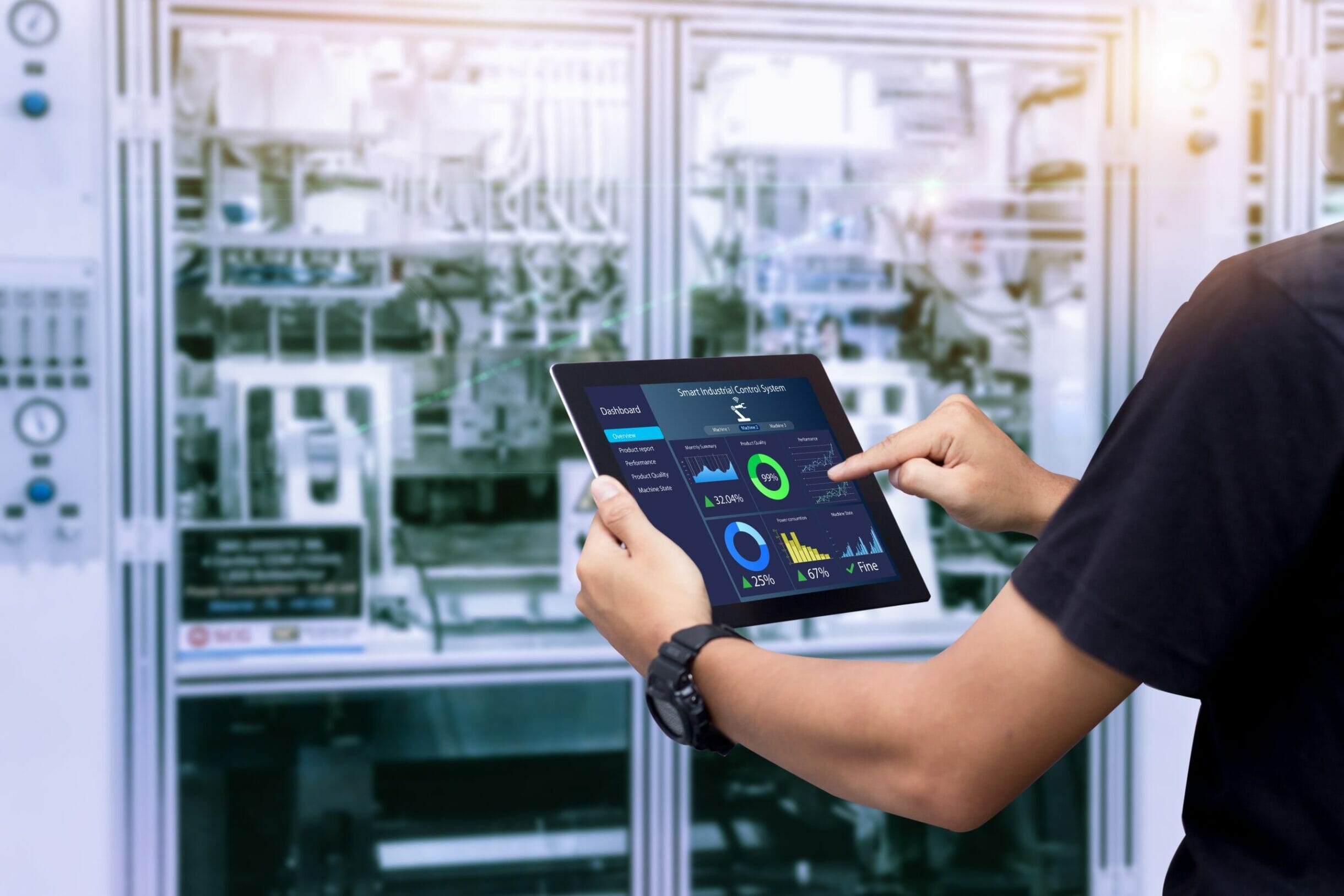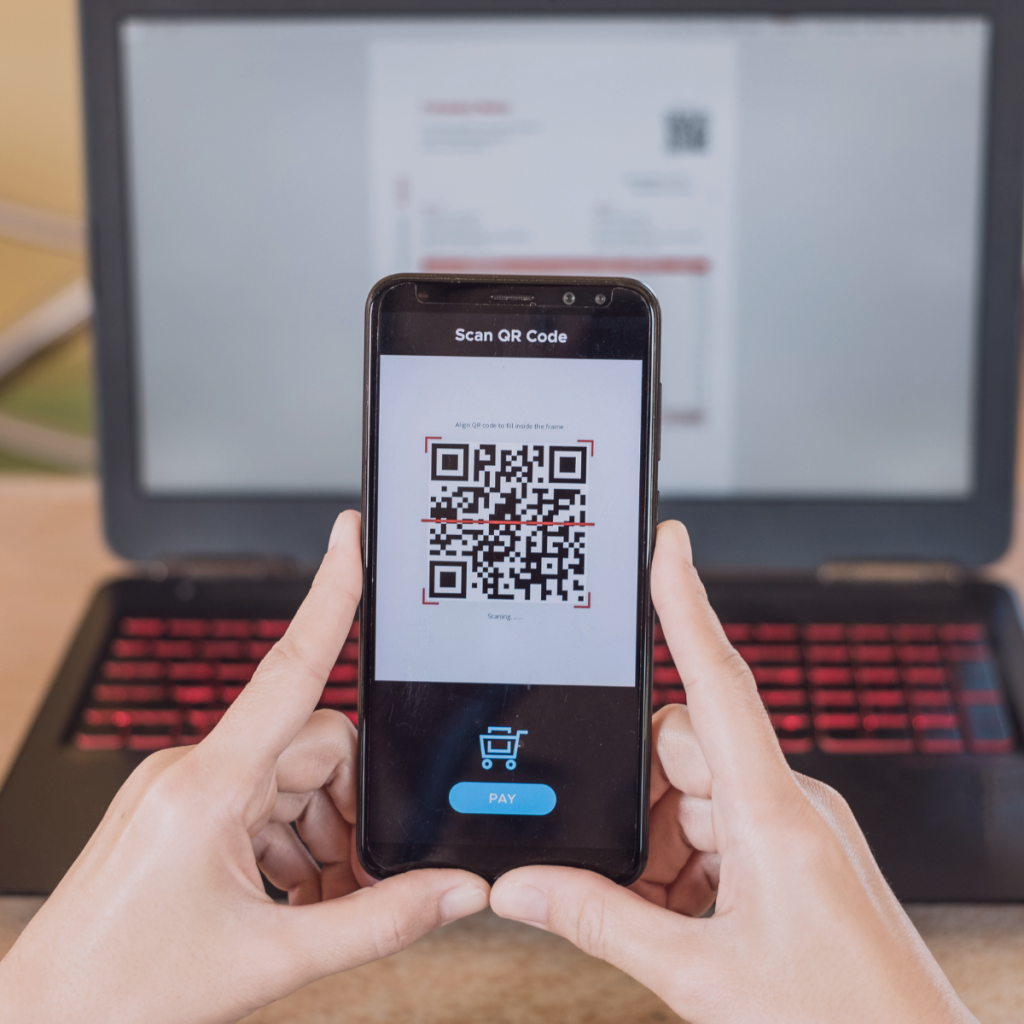Since the outbreak of COVID-19, the world of work has dramatically changed. As of February 2022, 59% of workers in the U.S. were working from home. With remote work becoming the norm, businesses have had to adapt quickly to this new landscape.
One area that has seen a lot of change is IoT devices, as these are quickly becoming essential tools for remote workers. From smart cameras to activity monitors that track employee productivity, businesses are employing an “IoT device from anywhere” mindset to stay connected and productive.
An Explosion of IoT Devices
As remote work gains traction, we expect to see more businesses invest in IoT devices to support their remote workforce. Analysts project that the number of connected IoT devices will increase from over 10 billion in 2021 to more than 25 billion in 2030.
While increasing connected devices has its benefits, businesses must be aware of potential risks, including data security. This is where IoT device remote updates come in. This article delves deeper into IoT device management, specifically for businesses with a remote workforce.
IoT Device Management in the Post-Pandemic Era
IoT device management involves all the processes that help provision, authenticate, configure, maintain, and diagnose connected devices in the IoT environment. The goal is to support the entire spectrum of connected devices and enhance their functional capabilities. Device management is the key to IoT device remote updates while keeping them secure and connected.
As the use of IoT devices grows, so does the IoT device management market. A recent report shows that the global market for IoT device management will grow at a CAGR of 32% to reach $7.3 billion in 2028.
Major industry players are already seeing value in IoT device management, with Apple, Google, Microsoft, and Amazon all offering IoT device management solutions. Amazon’s AWS IoT, Google’s IoT Core, and Microsoft’s Azure IoT Hub are just some of the currently available cloud based IoT device management platforms.

The Role of IoT in the Remote Work Landscape
Even after the pandemic has receded enough for people to return to their workplaces, it’s clear that most people have become accustomed to the idea of working remotely. A recent Gartner report shows that 41% of employees will continue working remotely in the post-pandemic era. It’s why CEOs of major companies are embracing the new work paradigm, with Shopify’s CEO, Tobi Lutke, declaring that office centrality is over.
The Internet of Things has been a key player in the transition from the office to remote work. For example, manufacturing uses IoT to track equipment maintenance and monitor production processes. This helps ensure equipment is running smoothly and products are manufacturing correctly – even when employees are not on site.

Healthcare IoT Security
Healthcare organizations are using IoT to facilitate remote patient monitoring and virtually track the psychological conditions of these patients. This helps explain one of the factors driving rapid proliferation: IoT’s ability to enhance efficiency in the healthcare sector. Experts project that the IoT market in healthcare will reach $260.75 billion in 2027, growing at a CAGR of 19.8%.
Companies are also deploying IoT in their supply chain and logistics operations to track assets along the supply chain. IoT devices gather real-time data about factors like container integrity and location. The goal is to make proactive decisions that can prevent disruptions along the supply chain.
IoT Device Security – A Major Hurdle to Overcome
As IoT devices collect and transmit sensitive data, they become a prime target for cybercriminals. A recent study shows that 60% of IoT devices have at least one medium or high-severity security vulnerability. In 2021, there were 1.51 billion breaches of IoT devices.
So, why are IoT devices so vulnerable? It all comes down to poor security controls on these devices. In most cases, they’re built with cost and convenience in mind. Security seems to be an afterthought.
There’s also a gray area between the office and home security. Most IoT devices deploy in the home but can be managed by corporate IT. So, when it comes to IoT device security, there’s a disconnect between who’s responsible for securing these devices, making tasks like IoT device remote updates more difficult.
BYOD and IoT
Disagreements surrounding bring-your-own devices (BYOD) policies can further complicate IoT device security. Employees tend to equate IoT devices with personal devices. So, people may be unwilling to follow corporate IoT policies, leading to even more security risks.
All these issues increase the vulnerability of IoT devices, making them an easy target for cybercriminals. It’s no wonder threat actors are increasingly targeting remote workers, with research showing that working remotely increases the frequency of cyber attacks by 238%. Also, 20% of organizations have seen an IoT-related breach due to a remote worker.
What Companies are Doing to Bring IoT Device Management to the Fore
Because remote employees might inadvertently house sensitive data on certain IoT devices, it’s increasingly important for companies to manage them. Companies are moving to secure personal IoT devices used for work using the same standards they use for corporate-owned IoT devices.
To do this, they’re adopting IoT device management solutions that give them visibility and control over IoT devices. Key players in the IoT landscape are developing sophisticated IoT management solutions to help companies manage and administer IoT device remote updates
IoT Device Remote Updates and Other Device Management
Other than renowned solutions like AWS IoT Device Management and Oracle IoT Device Management Cloud Service, other IoT device management solutions are available on the market.
An example is the Z-IoT device management platform launched by Workz Group. This solution is designed for services like government bodies, mobile network operators, and device manufacturers to help them optimize their operational efficiency. With Z-IoT, organizations can remotely manage devices using real-time tracking and customize their applications to suit their needs.
Learn How to Secure IoT Devices from Anywhere
If your enterprise has a remote workforce, IoT devices are inevitable. You can use an IoT device from anywhere to gather more insights, optimize your operations, and improve your bottom line. And of course, you should conduct regular IoT device remote updates to make sure software is current and patched. Even with this precaution, you need to be aware of the IoT device security risks and take steps to mitigate them.
One of the best solutions is to embrace IoT device management to simplify updating. It has the added benefit of giving you more control over them.
For more information on ThriveDX Security Awareness Training, please visit here.


